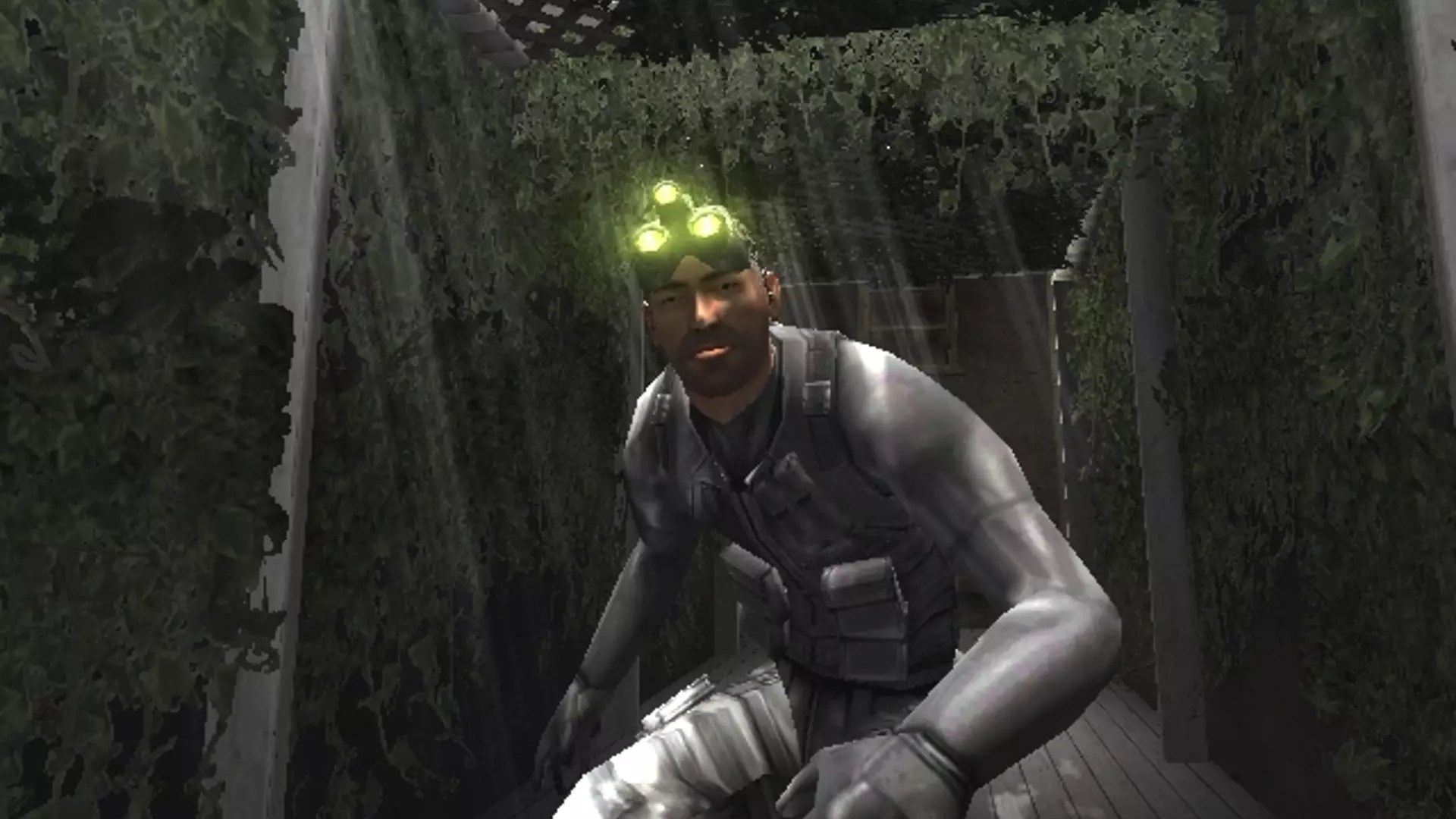In the realm of stealth video games, few titles stand out as brightly as *Splinter Cell: Chaos Theory*. Released during an era when advances in graphical technology were surging, this game exemplified what was possible with the hardware available at the time. Creative director Clint Hocking shared in an interview with Edge Magazine that the development team maximized the capabilities of their technology to its limit. This dedication resulted not just in a visual marvel but also in gameplay that set a new benchmark for the genre.
The meticulous attention to detail in *Chaos Theory* went beyond aesthetic appeal. It integrated elements of strategy and precision, pushing players to think tactically while navigating complex environments. The game illuminated the shadows and laid the groundwork for what would become a transformative experience in stealth mechanics, creating an atmosphere that compelled players to engage with their surroundings in new ways.
The Impact of New Console Technology
The timing of *Chaos Theory’s* release was pivotal. It landed just months prior to the launch of the Xbox 360, a console that would further revolutionize gaming landscapes. Microsoft’s first foray into the console market brought a paradigm shift not only in graphics but also in gameplay experiences, encouraging developers to explore the limits of new possibilities with rendering technology. Hocking characterized this transition as a “pseudo-next generation,” where innovations were just beginning to take shape.
But what truly set *Chaos Theory* apart was not merely the technology, but how the developers harnessed it. The Xbox version of the game not only achieved remarkable reviews for its graphics but also delivered an optimized experience that leveraged the console’s strengths. In an industry where many games release across multiple platforms, it’s rare to see one that excels predominantly on a single system—yet this installment of *Splinter Cell* achieved just that.
A Legacy of Tactical Brilliance
The game’s legacy stretches far beyond its initial launch. Hocking’s design choices and visionary leadership on *Chaos Theory* established a standard against which future stealth games would be measured. The intricate narrative, combined with engaging stealth mechanics and design, created a multifaceted experience that resonated with players. Critics and fans alike praised its ability to weave complex storytelling with gameplay that was natural yet challenging.
Many games thereafter attempted to replicate the successful elements introduced by *Chaos Theory*, yet few have managed to capture the same level of intrigue or strategic depth. The shadows are deeper in this universe, and players learned to navigate them with a deft touch.
In retrospect, *Splinter Cell: Chaos Theory* stands as a landmark within the gaming industry. It was a vivid reminder of what can be achieved when creative talent and technological advancements converge. As we look back at this iconic title, it becomes increasingly evident that the influence of *Chaos Theory* continues to inspire both developers and gamers, solidifying its place in gaming history as a beacon of tactical ingenuity and artistic expression.


Leave a Reply